Analyses reveal that China's scrap usage has reached its lowest level in the past six years. The cyclical and long-term issues contributing to the lower scrap usage seem unlikely to change in the short term. Persistent deflation and declining profit margins in steel production lead to reduced scrap usage and higher iron ore prices.
Concerns also arise regarding China's ability to rapidly increase scrap volumes. Investment banks estimate that converter production accounts for 91% of the share, reflecting the expected trend in scrap usage, with only a moderate increase expected this year.
China has been striving to achieve its goal of steel production using scrap by investing in 110 million tons of new EAF capacity annually since 2017. However, usage rates are only at around 60%.
Scrap usage in oxygen converter (BOF) steel production typically increases when profits are high and steel mills aim to increase volumes. However, with current profits on the decline, this trend appears unlikely to change in the short term.
Moreover, EAF steel production has been negatively impacted by the downturn in demand for long products due to the real estate market slump. Lastly, the reduction in economic incentives for scrap collection and processing in China emerges as another contributing factor to the delay in scrap usage.


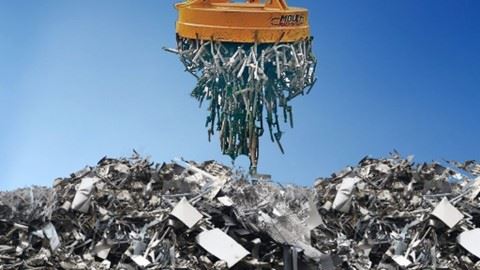

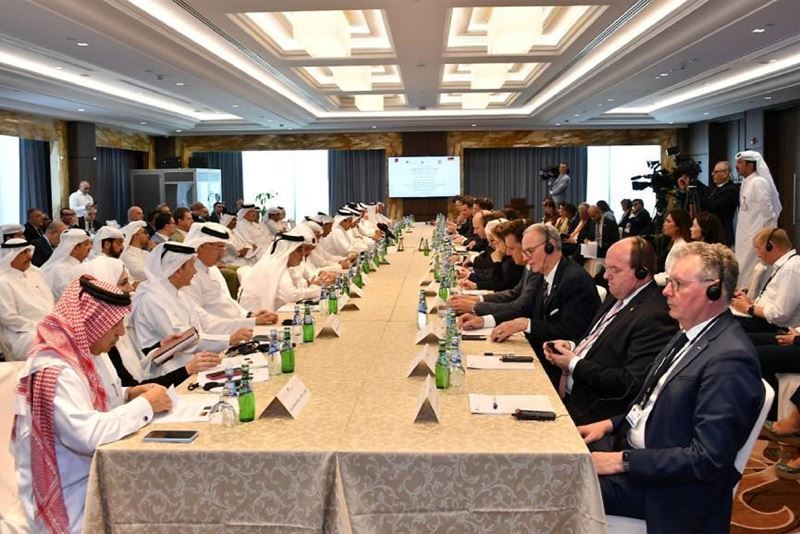
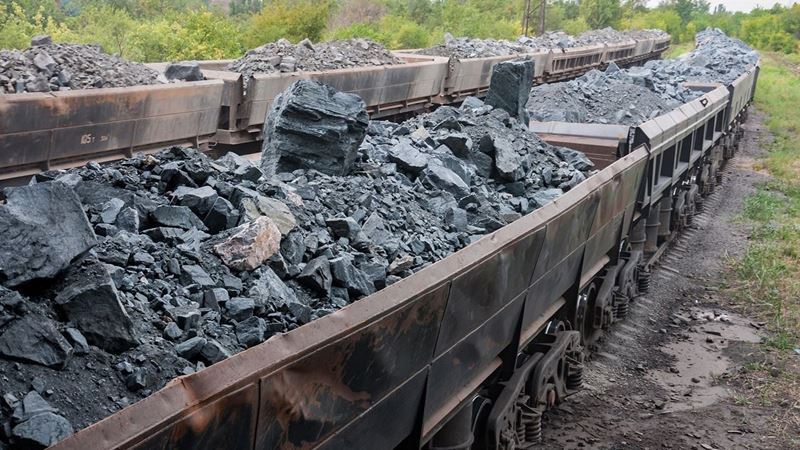
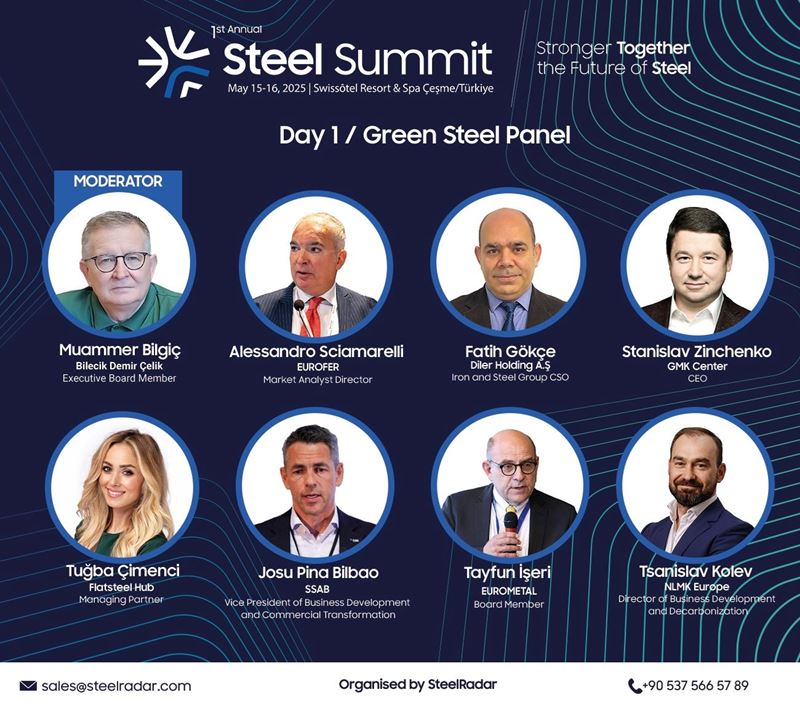
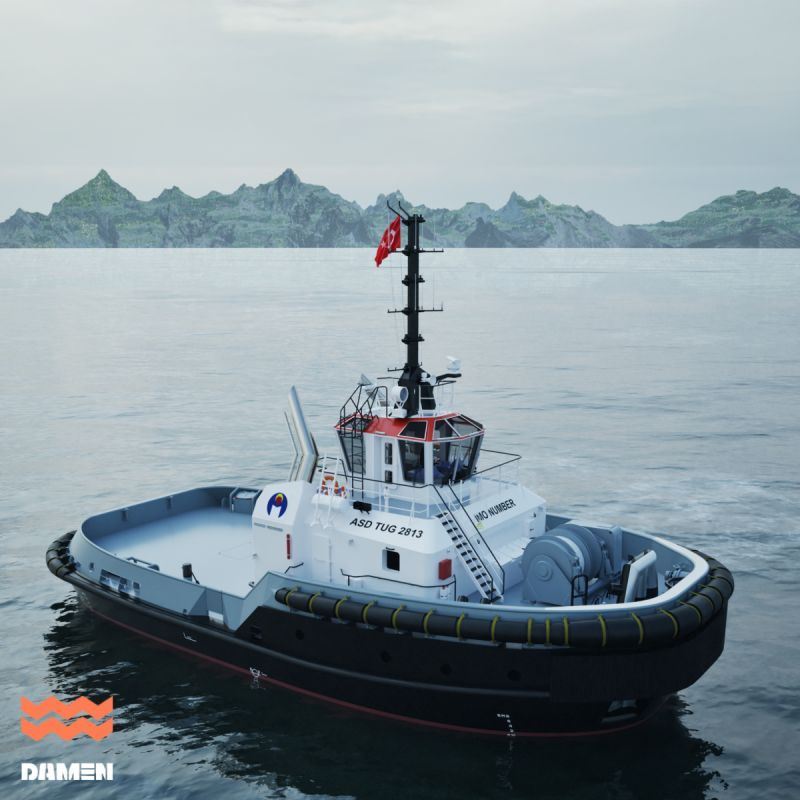



Comments
No comment yet.